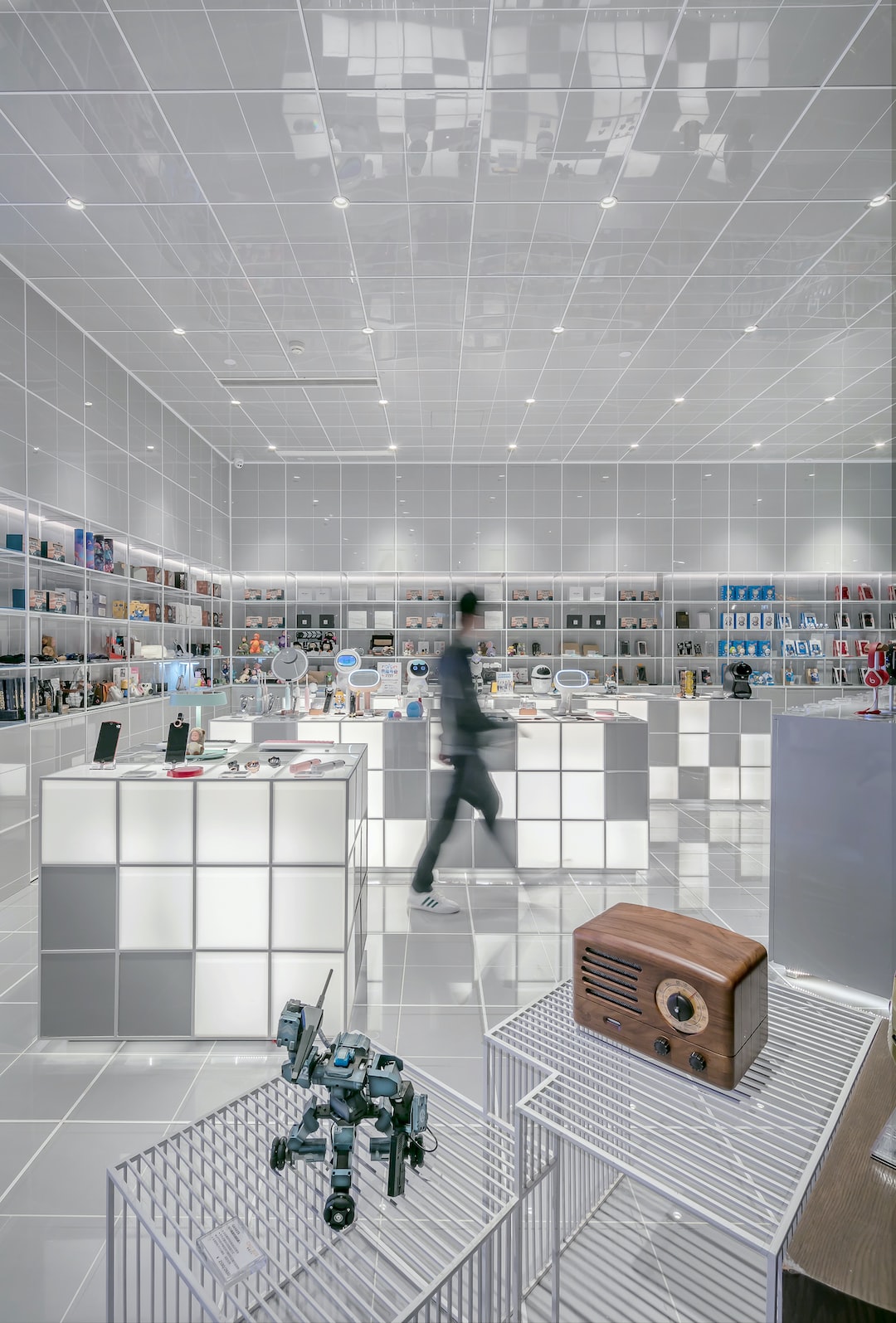3D printing has revolutionized the world of manufacturing, as it offers endless possibilities in producing complex and customized parts in a variety of materials. The technology is no longer just a tool for prototyping, but a powerful tool for creating tangible products. In this article, we will explore the possibilities of 3D printing in manufacturing.
One of the most significant advantages of 3D printing is the ability to produce parts on demand, without the need for costly tooling and molds. This means that companies can produce smaller quantities of parts economically, which is especially useful for short production runs or in the case of product customization. With traditional manufacturing techniques, producing a small number of parts may not be cost-effective, and customization may not be possible. However, with 3D printing, manufacturers can offer customers a high degree of design freedom and customization of products without incurring any additional setup costs.
Another advantage of 3D printing is the ability to produce complex geometries that would be difficult or impossible to achieve using traditional manufacturing methods. This technology allows designers to create intricate shapes and internal structures that improve the performance and functionality of products. For example, 3D printing can produce components with internal channels, lattice structures, and intricate shapes that enable better fluid flow, weight reduction, and improved strength.
Moreover, 3D printing enables manufacturers to reduce lead times, waste, and transportation costs. 3D printing allows manufacturers to produce parts much faster than traditional methods, and this means that products can be delivered to the market more quickly, allowing for faster innovation cycles. Also, since 3D printing is an additive process, wasted materials are minimized, reducing the amount of scrap produced in the manufacturing process.
Another critical advantage of 3D printing is the ability to produce lightweight and durable components. This is especially useful in the aerospace and automotive industries, where weight reduction is essential for reducing fuel consumption and improving the overall performance of the vehicle. With 3D printing, manufacturers can create components that are both lightweight and strong, while maintaining precision and accuracy.
Finally, 3D printing also enables more sustainable manufacturing practices. The technology allows for the production of parts on-site, reducing the need for the transport of parts and raw materials. Since 3D printing is an additive process, it also reduces waste and the use of materials that are not renewable, making it a more eco-friendly option.
In conclusion, 3D printing is offering endless possibilities in manufacturing. From creating more customizable products to reducing waste and transportation costs, 3D printing is proving to be a competitive manufacturing technology. Moreover, with the advancement of 3D printing, we will see more complex and customized parts being produced faster, cheaper, and much more efficiently. Therefore, manufacturers need to embrace this technology if they want to stay competitive in today’s rapidly evolving global market.

